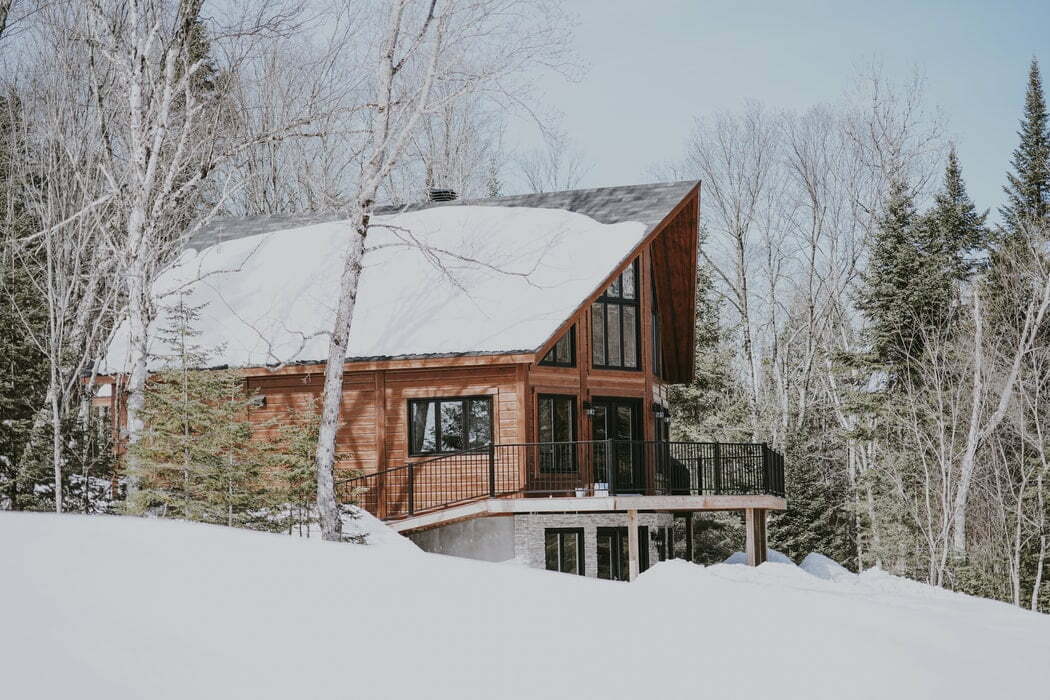It may or may not surprise you that one of the biggest causes of damage to a home is roof leaks. If you’ve been experiencing leaks from your roof, there are many culprits that may be to blame. Fortunately, the sooner you spot leakage problems, the less damage they will cause to your home. Here are five of the most common causes of roof leaks – and what can be done about them:

Missing or Broken Shingles
Missing or broken shingles can be one of the most visibly obvious causes of a roof problem. Even just one shingle left unfixed can cause water leakage, especially with heavy rainfall. If you notice or suspect a broken single, be sure to have it immediately rectified so the gap in your roof doesn’t become worse.
Clogged Gutters
It’s common for many homes – especially those in rainy climates – to experience gutter backup from clogged leaves and other debris that prevent water from flowing freely off the roof. Whether you do it yourself or hire a professional contractor, making sure your gutters are thoroughly cleaned every year will stop these types of leaks at their source.
Holes
Depending on their size and depth, holes in your roof can lead to potentially major leakage problems. If you’ve had a TV antenna or satellite dish removed from your roof, there’s a chance it may have left a hole which can cause water to seep into your home. After removing any form of installation on your rooftop, be sure to conduct a careful inspection for holes that need to be sealed immediately.
Broken Flashing
Metal roof flashing plays an important role in keeping your roof leakage-free, as it seals roof transitions where large amounts of water run down. When flashing seals are damaged, moisture is likely to run inside to the roof seams and cause deterioration over time. Fortunately, most flashing issues require relatively simple repairs from a contractor.
Excess Moisture
When water can’t properly drain off your roof, it’s easy for excess moisture to build up and cause the lower parts of your roof to become overly saturated. Moisture can be caused by many types of roofing issues, such as poorly installed shingles or ice dams. If you notice any condensation in your attic, this is typically a sign you should have your roof checked sooner than later!
AVA Will Handle Your Roofing Needs
Are you experiencing any roof leaks? Don’t wait for them to get worse! Get in touch with AVA Roofing and let our team handle all your roofing needs.


